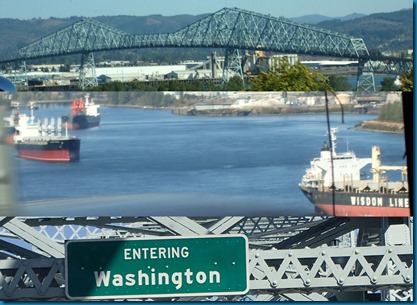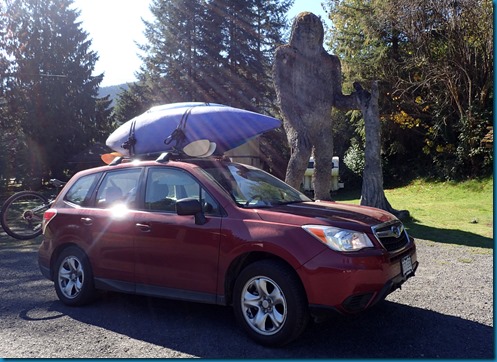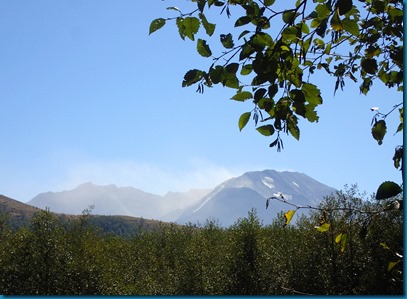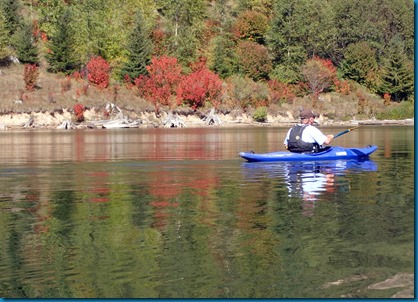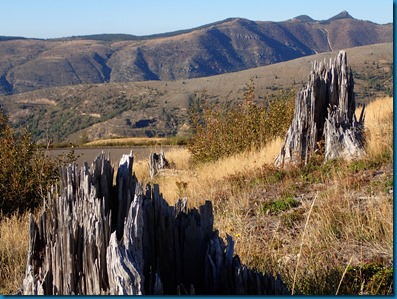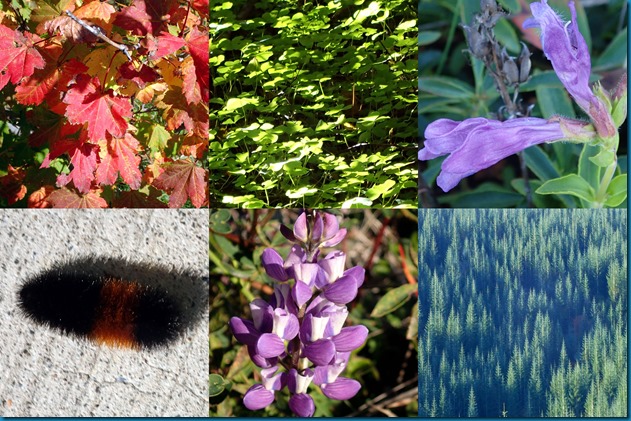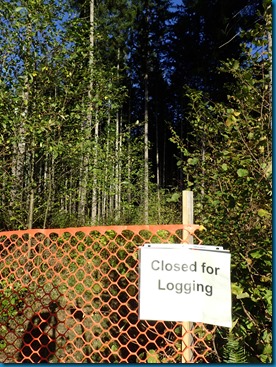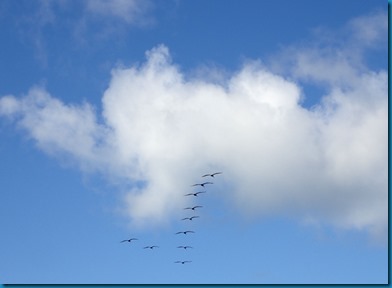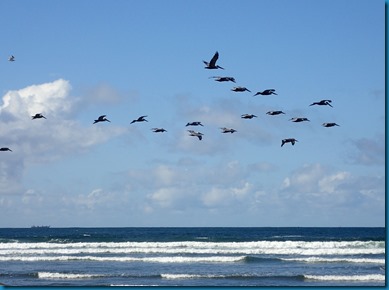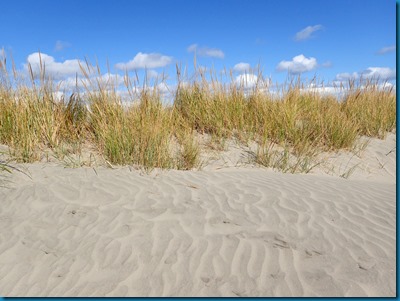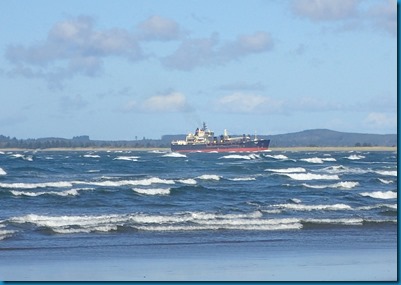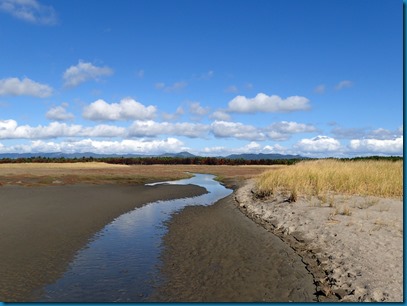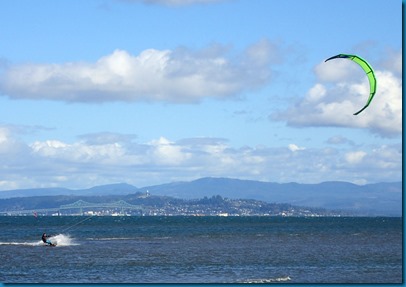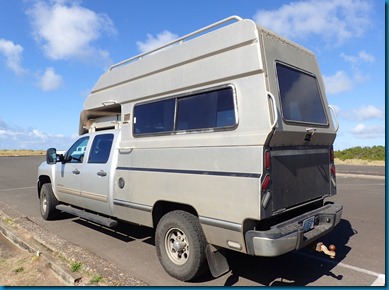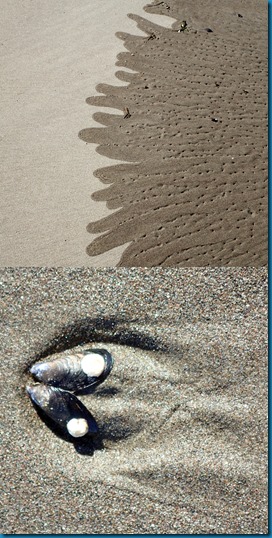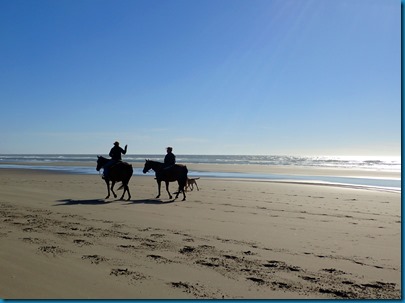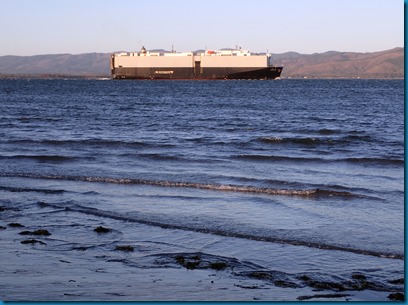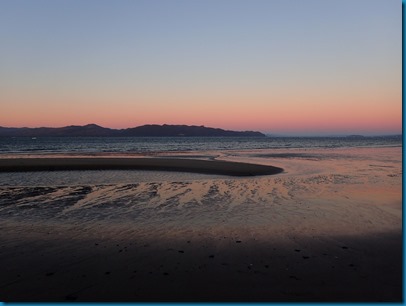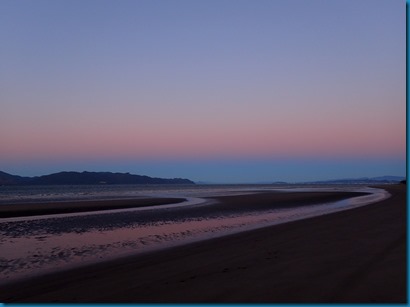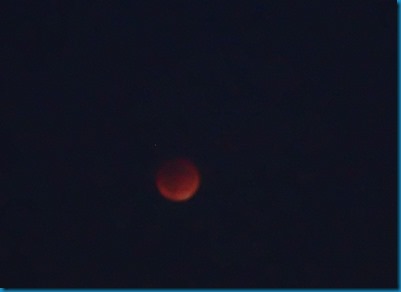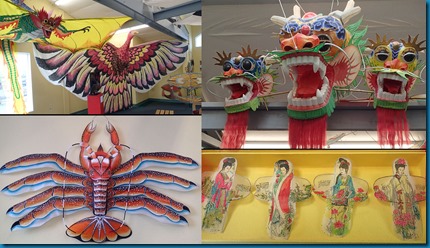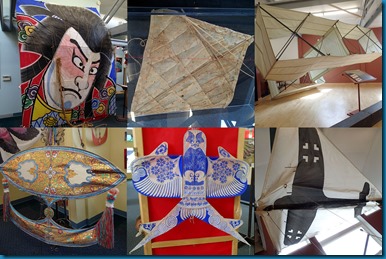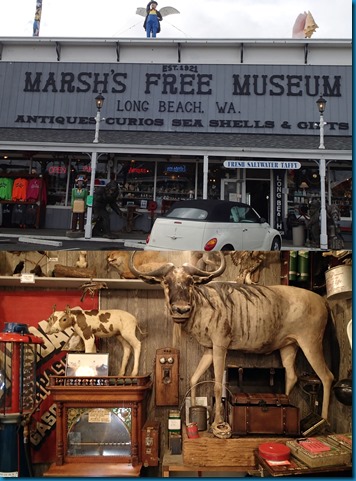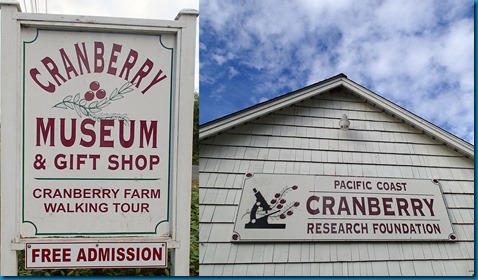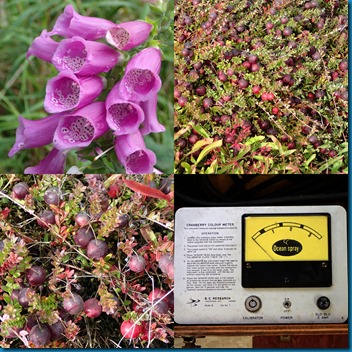We left Astoria and headed toward Mt St Helen’s. Drove up the Columbia river, crossed on the Lewis and Clark bridge into Washington. The big ocean going liners come up the river, probably to load up with lumber, this is only one of the large lumber yards in the area.
Mt St Helen’s from the visitors center near Silverlake. The bus parked at Silver Cove RV park. A commercial RV park, not bad, not very crowded.
It is John’s birthday. I cooked him dinner and made cupcakes. Isn’t he just the cutest??This Bigfoot is coming for the car!
We stopped at Coldwater lake and put the boats on. The lake was created from debris from the eruption in 1980. Mt St Helen seen over the lake. The fogs or dust, or maybe steam in the crater.
The vine maples are turning red on the shore. The lake was glass smooth. It was gorgeous.
Mt St Helen’s erupted May 17 1980. A before and after. First the mountain bulged, then the side slide off, then it had a lateral eruption, the side exploded. The second photo shows it today and the picture below it has a dotted line where it used to be.
Huge trees close by were uprooted and pulverized, farther out they were just laid down, where it was shielded by mountains the trees stayed upright but were scorched and died. Everything was covered with two feet or more of ash.
The gray piles in the middle of the photo are pieces of Mt St Helen’s that were blown miles. They call them hummocks.
Red maple leaves, green sorrels, penstamen, wooly bear, lupine and noble firs.
We hiked around Seaquest State Park this afternoon. It is a second growth forest, which means it was logged in the 1940’s and this is what has grown back since. . We kept running into this- Closed for logging, but managed to hike 3.5 miles, probably going in circles looking for open trails. But it was a beautiful sunny day in a pretty place.
Look at this gigantic piece of logging equipment. That is a burly saw blade at the bottom. A fern leaf and flower seen today.
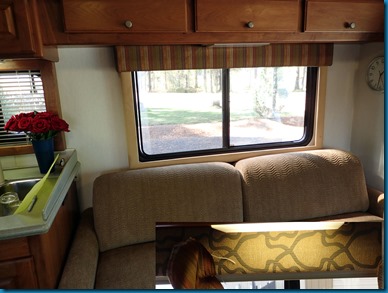
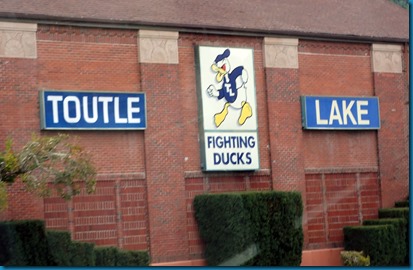
Before we went out hiking we replaced the fabric on the valance above the window. It used to be that gross green stuff in the inset. The new stuff looks much better. You can also see the lovely roses John got for me. The closest town is Toutle, Washington. Cute name.
